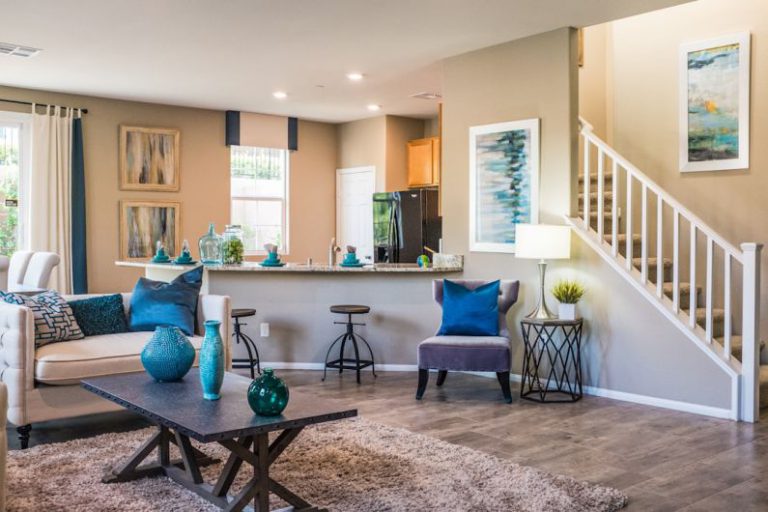
Finding the perfect neighborhood to live in can be a challenging task. With so many factors to consider, it’s essential to know what to look for when choosing the right neighborhood for you and your family. From safety and amenities to schools and commute times, there are several key aspects to keep in mind before making a decision. By taking the time to evaluate these factors, you can ensure that you end up in a neighborhood that meets your needs and fits your lifestyle.
Research the Safety of the Neighborhood
One of the most important factors to consider when choosing a neighborhood is safety. Before making a decision, take the time to research the crime rates in the area. Look for online resources that provide crime statistics and community reviews. Additionally, consider visiting the neighborhood at different times of the day to get a feel for the overall safety and security of the area. Pay attention to the presence of street lights, the condition of sidewalks, and the general upkeep of the neighborhood.
Evaluate the Amenities and Services Available
When choosing a neighborhood, it’s essential to consider the amenities and services available nearby. Look for grocery stores, restaurants, parks, and other recreational facilities that are easily accessible. Consider the proximity of hospitals, schools, and public transportation options as well. Living in a neighborhood with convenient amenities can enhance your quality of life and make daily tasks more manageable.
Consider the Quality of Schools in the Area
For families with children, the quality of schools in the neighborhood is a crucial factor to consider. Research the schools in the area, including their academic performance, extracurricular activities, and overall reputation. If you have school-aged children or plan to in the future, living in a neighborhood with top-rated schools can provide them with the best educational opportunities.
Assess the Commute Times and Transportation Options
Another important aspect to consider when choosing a neighborhood is commute times and transportation options. Evaluate the distance between the neighborhood and your workplace, as well as the availability of public transportation options. Consider the traffic patterns in the area and the ease of access to major highways and public transportation hubs. Living in a neighborhood with a reasonable commute can save you time and reduce stress in your daily routine.
Explore the Community and Social Scene
To get a sense of the community and social scene in a neighborhood, consider attending local events, visiting parks, and interacting with residents. Look for community centers, libraries, and other gathering spaces where you can meet your neighbors and get involved in local activities. Building a sense of community can help you feel more connected to your neighborhood and create a supportive network of friends and neighbors.
Make a Personal Connection with the Neighborhood
Ultimately, choosing the right neighborhood is not just about the physical aspects but also about how you feel when you are there. Take the time to explore different neighborhoods and trust your instincts. Consider how you feel when you walk around the streets, visit local shops, and interact with residents. If you feel a sense of belonging and connection to the neighborhood, it may be the right fit for you.
In conclusion, finding the right neighborhood is a personal decision that requires careful consideration of various factors. By researching the safety of the area, evaluating amenities and services, considering the quality of schools, assessing commute times, exploring the community, and making a personal connection with the neighborhood, you can make an informed decision that aligns with your lifestyle and preferences. Remember to take your time, trust your instincts, and prioritize what matters most to you when choosing the perfect neighborhood to call home.





